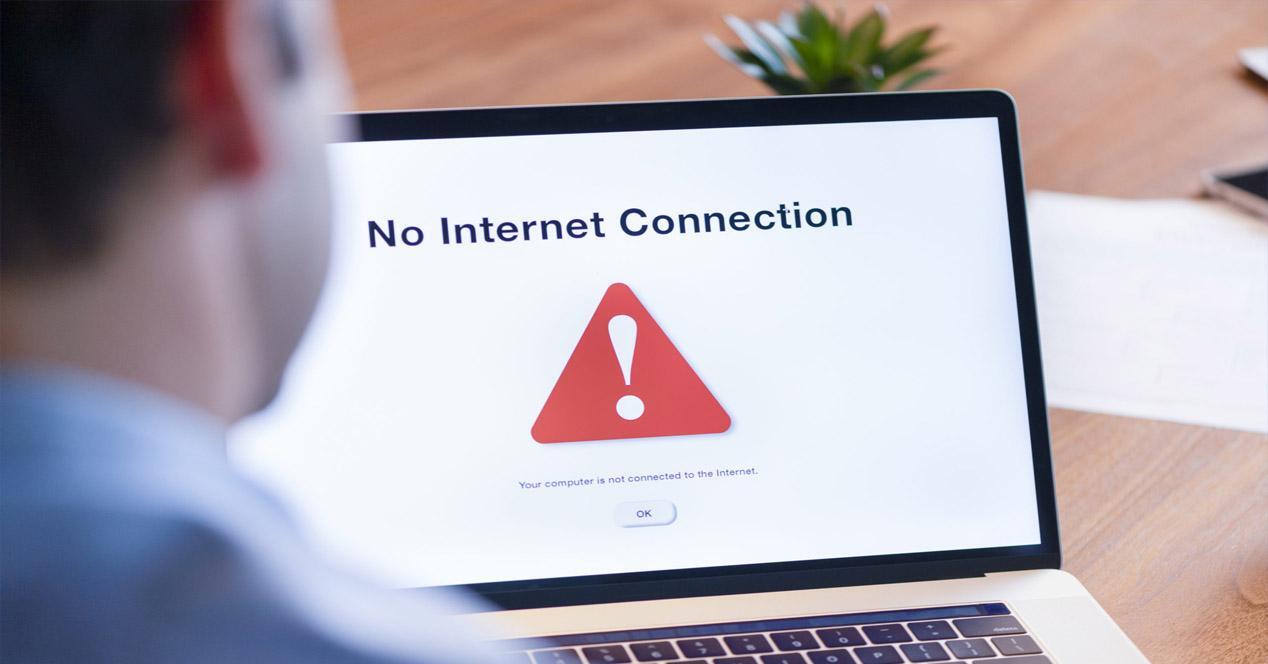Warum ist ausfallsicheres Internet wichtig?
Bei Events, Übertragungen oder wichtigen Anwendungen kann ein Ausfall schnell zu großen Problemen führen. Ein einfacher Neustart des Routers – wie zu Hause – reicht hier nicht aus. Deshalb sorgt Redundanz für ausfallsicheres Internet, das bei einem Ausfall sofort eine andere Verbindung nutzt, ohne dass Sie etwas bemerken.
Wie funktionieren Netzwerke und warum sind sie anfällig?
Ein Netzwerk verbindet zwei oder mehr Computer und Geräte, die Daten übertragen. Dafür nutzt es Standards wie TCP/IP, die die Daten in kleine Pakete aufteilen und an das Ziel senden. Der Router leitet diese Pakete weiter. Doch technische Fehler, äußere Einflüsse oder Bedienungsfehler können das Netzwerk stören. Deshalb ist eine Vorkehrung wie Redundanz nötig.
Wie funktioniert Redundanz konkret?
Redundante Netzwerke nutzen mehrere Verbindungen gleichzeitig oder halten Ersatzleitungen bereit, die bei einem Ausfall sofort aktiv werden – automatisch oder manuell. Verfahren wie Failover und Bonding sorgen dafür, dass ein Wechsel zu einem anderen Signal schnell erfolgt und Ausfallzeiten kaum spürbar sind.
Ausfallsicheres Internet im Eventbereich
Bei Internetproblemen im privaten Bereich hilft oft ein Neustart. Bei Live-Produktionen ist das jedoch nicht möglich. Neben der Geschwindigkeit spielt auch die Zuverlässigkeit eine wichtige Rolle. Ein Ausfall kann Livestreams oder Cloud-Dienste sofort lahmlegen. Deshalb sollten Sie immer eine Backup-Lösung parat haben.
In diesem Artikel erklären wir, was Redundanz genau bedeutet und welche Unterschiede es bei den Ansätzen gibt.
Wie sorgt Redundanz für ausfallsicheres Internet?
Redundanz bedeutet, dass identische Systeme mehrfach vorhanden sind. Normalerweise benötigt man diese zusätzlichen Systeme nicht. Tritt jedoch ein Fehler auf, springt das Ersatzsystem ein – etwa in Form mehrerer Internetverbindungen statt nur einer.
Weitere Informationen finden Sie auf Wikipedia.
Es bleibt jedoch die Frage, wie die Umschaltung auf das Ersatzsystem erfolgt: Muss ein Mitarbeiter manuell eingreifen oder passiert das automatisch und wie schnell geschieht das?
Redundanz in Netzwerken
Redundanz in Netzwerken heißt, dass mehrere Verbindungen oder Systeme vorhanden sind, die im Fehlerfall den Betrieb garantieren. Backup-Verbindungen, Failover-Lösungen oder Bonding sorgen dafür, dass Ihr Netzwerk auch bei Ausfällen läuft.
Lösungen für ausfallsicheres Internet
Ein normaler Internetanschluss allein bietet keine Redundanz. Fällt er aus, ist das Signal weg. Bei wichtigen Anwendungen – zum Beispiel in Event-Locations – sollten Sie daher immer eine oder mehrere Ersatzverbindungen haben, etwa einen zweiten DSL-Anschluss, eine Satelliten-Verbindung oder einen LTE-Router. Im Folgenden stellen wir drei gängige Methoden vor:
Backup
Bei der Backup-Lösung steht ein zweiter Anschluss bereit, den man im Notfall manuell aktiviert. Diese Methode ist einfach umzusetzen, erfordert aber, dass jemand den Ausfall bemerkt und umschaltet. Außerdem weist eine andere Verbindung eine andere IP-Adresse auf, sodass sich Nutzer bei manchen Diensten neu anmelden müssen.
| Dauer der Unterbrechung | Erneuter Login erforderlich | Empfohlenes Produkt |
| mehrere Minuten | Ja | Hotspot in a box |
Failover / Seamless-Failover
Eine Failover-Lösung schaltet bei einem Ausfall automatisch auf eine Ersatzverbindung um. Hierbei wird durch regelmäßige Testpakete (Pings) überprüft, ob die Hauptleitung noch funktioniert. Bestätigt der Server den Empfang, gilt die Verbindung als aktiv.
Beim einfachen Failover ändert sich die IP-Adresse, was zu Problemen führen kann. Beim Seamless-Failover sorgt ein Server dafür, dass stets dieselbe IP-Adresse genutzt wird, wodurch keine Unterbrechungen entstehen.
Bonding
Beim Bonding (Bündelung von Signalen) werden alle genutzten Verbindungen per VPN-Tunnel an einen Server gesendet, wo sie zu einem einzigen, starken Signal zusammen gebündelt werden. Alle verfügbaren Verbindungen bleiben dabei aktiv und werden gleichzeitig genutzt.
Mehr Informationen zum Bonding finden Sie hier.
| Dauer der Unterbrechung | Erneuter Login erforderlich | Empfohlenes Produkt |
| 0 Sekunden (kein spürbarer Ausfall) | Nein | Multi LTE Case |
Welche Lösung für ausfallsicheres Internet die richtige ist, hängt von Ihrem Projekt ab. Manche Anwendungen vertragen kurze Ausfälle, bei Livestreams ist bereits eine Sekunde zu viel.



